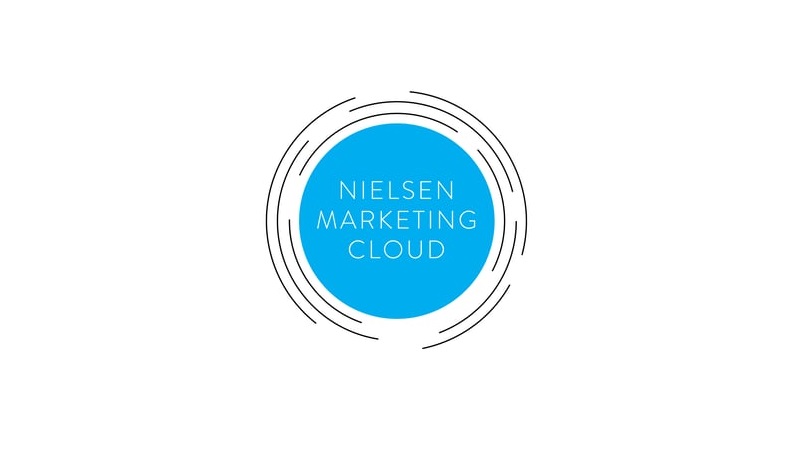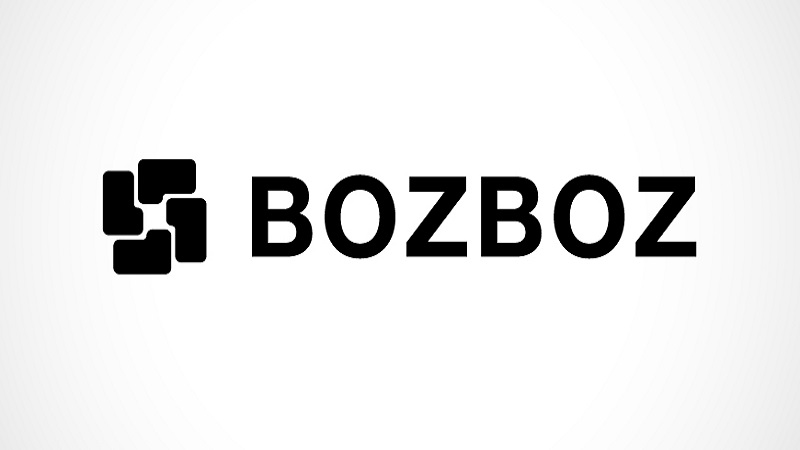Guest Blog, Keren Lerner: Social media in business – who’s responsible?
Social media is undeniably a key factor in business success. In an era where prospects and supply partners will Google both company and management team before even considering any further interaction, social media content has evolved to be more than a shop window: it is the chance to display the essential voice and vision of the business – and who better to deliver this than the senior managers that define them?
Yet far too many innovative, exciting businesses now mask their true nature by opting to delegate all responsibility for social media channels away from the team’s founder, owner or leaders – often due to the mindset: “I’ll leave this to the experts, it’s not my field, and I am too busy anyway.”
Granted, experienced marketers have the skills and techniques required to create content and manage social media output, but it is the voice of the business owner or managing director that needs to be heard, and the role of the marketer to ensure responsibility isn’t abdicated entirely, but intelligently.
Mechanics plus vision
Most businesses that do recognise the need to embrace a dynamic and interactive approach to social media – and, unfortunately, far too many don’t – assume the entire process can be delivered by marketers, either in house or via third party agencies.
But this is not an out-of-the-box, one-size-fits-all scenario.
Marketers are fantastic at putting the right mechanics in place, ensuring social media feeds are integrated and link back to original content. But does the marketer have that essential business vision or understand what led to the creation of the company in the first place? Not unless the marketer was the founder.
It is only the owner who fully understands why the business was set up, the problems it was designed to solve or the customers it wants to help. And a failure to communicate that message is a real missed opportunity.
Capturing the voice
The voice of the company should have an interactive social media strategy, coupled with an engaging website, well-written blog posts and content marketing. But it is also important to gain input from across the business – so the founder and the leadership team coming together to discuss ideas in keeping with the company ‘voice’ is invaluable.
The right line of questions and facilitation can prompt new insights and make it easier for a marketer to harness the essential nature of the business.
And it doesn’t end there
Following an initial discussion, senior management needs to stay engaged with this key aspect of business success and identity. It doesn’t need to be onerous – a scheduled time each week or month discussing ideas, from customer issues to market change, is essential to ensure published content and messages truly reflect the nature of the organisation.
Conclusion
Marketers must steer senior management to re-evaluate how they approach their company’s social media presence. This is a portal to the business, a way to drive engagement with prospects and customers, suppliers and business partners – and it needs to be as compelling and engaging as possible – with real insight, real stories and real experiences.
Although it is widely thought that business leaders are typically driven, opinionated and focused – that is what underpins success. So, harness that uniqueness. Generic content completely masks the true nature of the company – make sure the critical business lens of social media channels such as Twitter and LinkedIn are a true reflection of its core beliefs, passion and expertise.
Keren Lerner is founder and managing director of London-based design and marketing agency, Top Left Design and holds regular social media workshops, with her next event – ‘Nine things you need to do on LinkedIn for business’ – taking place at Soho House on September 23, 2016, at 1pm. Email keren@topleftdesign.com for more information.










